
They may be lauded as health foods or better-for-you alternatives, but don’t be fooled by these seemingly good eats.
Just because the packages proclaim nutritional benefits and commercials flaunt the product’s rumored perks, these eats are just big health frauds:
1. Yogurt with Fruit at the Bottom
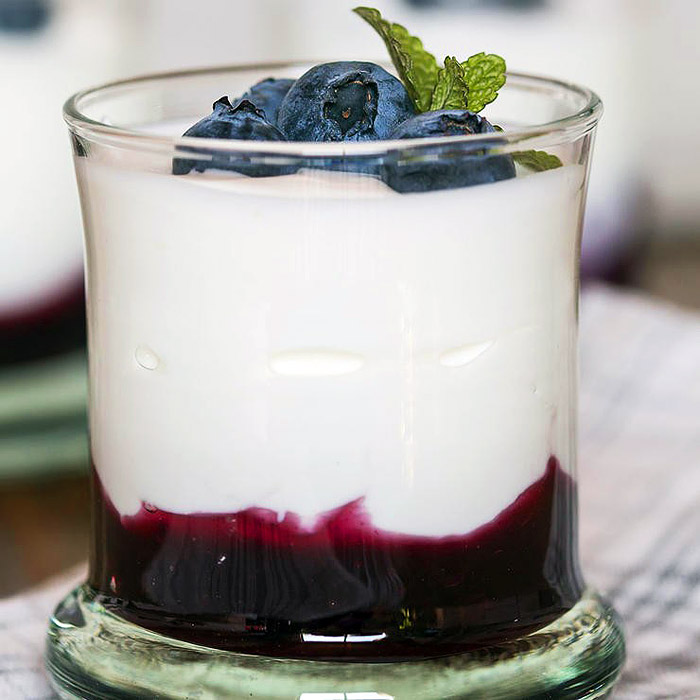
The upside: Yogurt and fruit are two of the healthiest foods known to man.
The downside: Corn syrup is not. But that’s exactly what’s used to make these products super sweet. For example, a six-ounce carton of fruit-flavored yogurt contains 32 grams of sugar, only about half of which is found naturally in the yogurt and fruit. The rest comes from corn syrup, an added sugar or what we prefer to call “unnecessary.”
The healthier alternative: Mix 1/2 cup plain yogurt with 1/2 cup fresh fruit, such as blueberries or raspberries. You’ll eliminate the excess sugar while more than doubling the amount of fruit you down.
2. Baked Beans

The upside: Beans are packed with fiber that helps keep you full and slows the absorption of sugar into your bloodstream.
The downside: The baked kind are typically covered in a sauce made with brown and white sugars. And because the fiber is located inside the bean, it doesn’t have a chance to interfere with the speed at which the sugary glaze is digested. Consider that 1 cup of baked beans contains 24 grams of sugar: about the same amount that’s in an 8-ounce soft drink. Not drinking regular soda? Then you should skip the baked beans, too.
The healthier alternative: Red kidney beans, packed in water. You get the nutritional benefits of legumes, without the extra sugar. They don’t even need to be heated: Just open the can, rinse off the liquid and excess salt they’re stored in and serve. Try splashing some hot sauce on top for a spicy variation.
3. California Roll
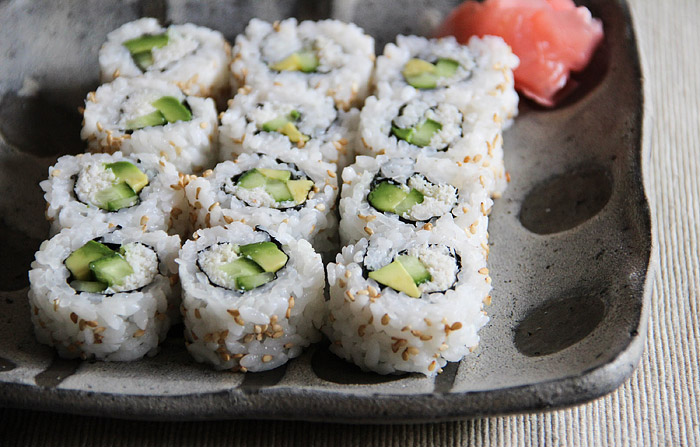
The upside: The seaweed it’s wrapped in contains essential nutrients, such as iodine, calcium and omega-3 fats.
The downside: It’s basically a Japanese sugar cube. That’s because its two other major components are white rice and imitation crab, both of which are packed with fast-digesting carbohydrates and almost no protein.
The healthier alternative: Opt for real sushi, by choosing a roll that’s made with tuna or salmon. This automatically reduces the number of blood sugar-boosting carbohydrates you’re eating, while providing a hefty helping of high-quality protein. Or better yet, skip the rice, too, by ordering sashimi.
4. Fat-Free Salad Dressing
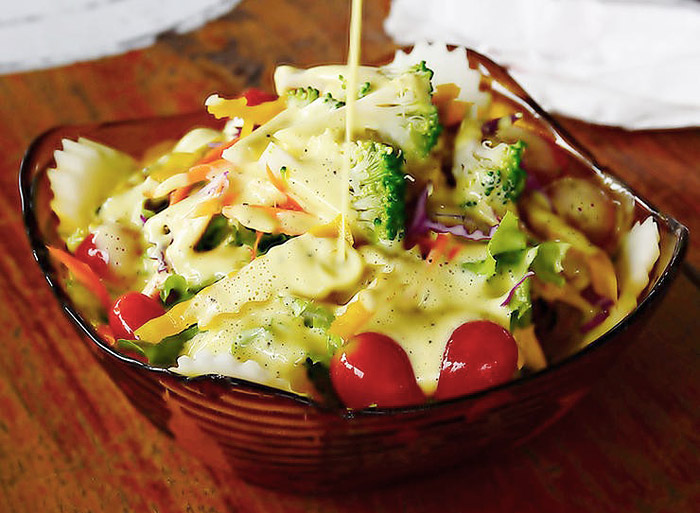
The upside: Cutting out the fat reduces the calories that a dressing contains.
The downside: Sugar is added to provide flavor. Perhaps more important, the removal of fat reduces your body’s ability to absorb many of the vitamins found in salad vegetables. In a recent study, Ohio State University researchers discovered that people who ate a salad dressing containing fat absorbed 15 times more beta-carotene and five times more lutein—both powerful antioxidants—than when they downed a salad topped with fat-free dressing.
The healthier alternative: Choose a full-fat dressing that is made with either olive oil or canola oil and that provides less than 2 grams of carbohydrate per serving. Or keep it simple, tangy and completely sugar-free by making homemade salad dressings, or just shaking liberal amounts of balsamic vinegar and olive oil over your salad.
5. Reduced-Fat Peanut Butter
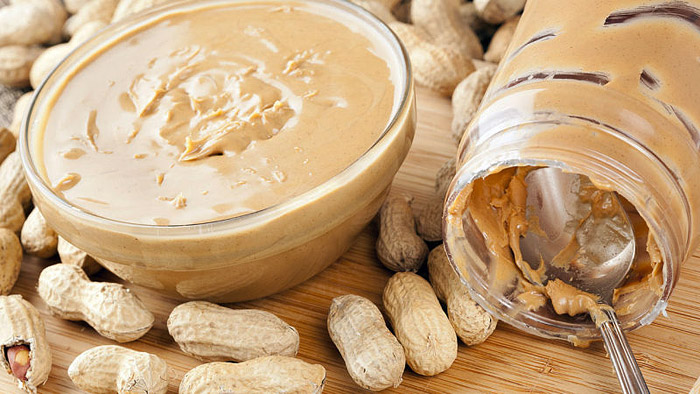
The upside: Even the reduced-fat version is packed with healthy monounsaturated fat.
The downside: Many commercial brands are sweetened with “icing sugar”—the same finely ground sugar used to decorate cupcakes. And reduced-fat versions are the worst of all because they extract the healthy fat only to infuse more icing sugar. In fact, each tablespoon of reduced-fat Skippy contains 1/2 teaspoon of the sweet stuff. So the label might as well read, “Stick a birthday candle in me.”
The healthier alternative: An all-natural, full-fat peanut butter that contains no added sugar.
6. Corn Oil

The upside: It’s considered good for you because it contains high levels of omega-6 fatty acid—an essential polyunsaturated fat that doesn’t raise cholesterol.
The downside: Corn oil contains 60 times more omega-6 than omega-3, the type of healthy fat predominantly found in fish, walnuts and flaxseed. This is a problem because research shows that a high intake of omega-6 fats relative to omega-3 fats is associated with increased inflammation that boosts your risk of cancer, arthritis and obesity.
The healthier alternative: Olive or canola oils are some of the healthiest oils, which have a much better balance of omega-6 to omega-3 fats. They also have also a greater proportion of monounsaturated fat, which has been shown to lower LDL (“bad”) cholesterol.

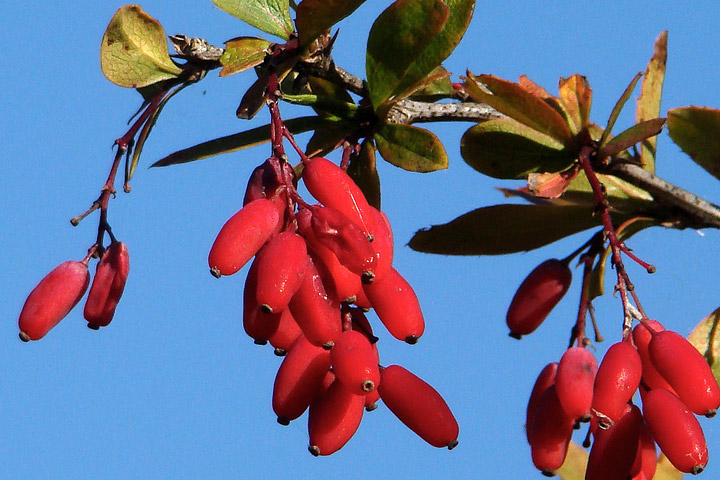
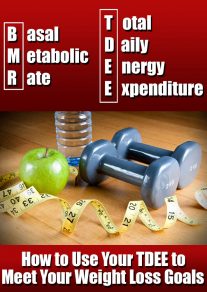
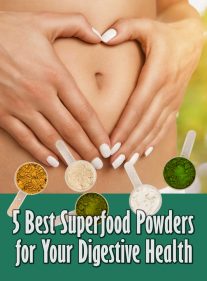
Leave a Reply